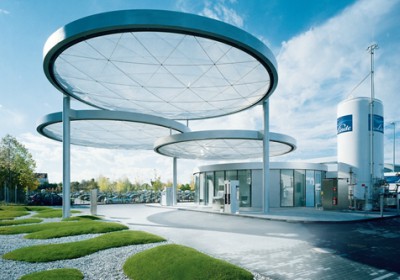

While electric vehicles have long been the most popular and well-known among clean energy vehicles, they aren’t the only clean cars available. Instead of going into a gas station to fill up your tank, you either find a charging station or charge from home using your own power outlets. For example, a familiar clean energy vehicle we have come to know is the electric car, which has an electric motor powered by charged batteries instead of fuel. When you drive a clean energy vehicle, it isn’t releasing planet-warming emissions. When I first heard the term “clean energy vehicles” come into the conversation, my first thought was, “will we actually be able to do that here?” Clean Energy Vehiclesįor context, clean energy vehicles are powered by resources that don’t combust fossil fuels when in use. You know that iconic pick-up truck, the Ford F-150? That’s still the most popular selling car in the United States today. The thing is, fossil fuel-powered trucks are the heart and soul of the American car industry. So, if we want to mitigate the effects of climate change, one of our primary focuses should be figuring out ways to lower the emissions created from our methods of transportation. And year after year, research has shown that the number one source of greenhouse gas emissions in the United States comes from the transportation sector. The invention of the automobile changed the world forever, but this ground-breaking innovation came at a cost: our dependence on fossil fuels to power motor vehicles for years has resulted in billions of tons of carbon dioxide emissions. My dad worked at Ford Motor Company, and the majority of my neighbors, friends, and classmates had at least one parent who also worked for one of the “Big 3” (Ford Motor Company, General Motors Company, and Chrysler). Growing up, my school field trips were to the Ford River Rouge Plant, or the General Motors Manufacturing Plant, or Henry Ford’s Greenfield Village. Fuel cell information on fueleconomy.As someone who was raised in Motor City (Detroit, MI), it’s a bit of an understatement to say that I “get” how significant cars are to our lives.Learn more about fuel cell vehicle models Learn More Louis to Chicago - and fuel economy close to 70 MPGe (miles per gasoline gallon equivalent). Some FCVs can get over 300 miles on one tank of hydrogen fuel - greater than the distance from St. The refueling times are also similar: FCVs can be refueled in as little as 5 minutes. Simply attach a nozzle from a designated hydrogen dispenser at a public station and fill up the tank. Learn more about the emissions from hydrogen production Fueling and Driving Rangeįueling a hydrogen FCV is similar to refilling your gas tank. Learn about the different ways to produce hydrogen fuel Hydrogen can even be produced from your trash! Pilot projects have used landfill gas and wastewater to make hydrogen fuel. Currently, the majority of hydrogen that is made for use as a fuel comes from natural gas, but hydrogen fuel also can be made from water, oil, coal, and plant material. The amount of emissions associated with producing hydrogen fuels depends on the source of hydrogen and production method. While hydrogen is abundant in the universe, it must be separated from other compounds to be used as fuel. Emissions are created in the process of producing and transporting hydrogen fuel. Like electric vehicles, FCVs are zero-emission vehicles – they have no smog-related or greenhouse gas tailpipe emissions. See where hydrogen fueling stations are located in the U.S. There are plans to expand FCV offerings over the next few years as infrastructure grows and the technology continues to mature. Hydrogen infrastructure is also popping up in other locations around the country. Stations are being planned or built in the Northeast and Hawaii, and fuel cell transit buses are already cruising the streets in cities like Boston, Massachusetts, and Flint, Michigan.

Several auto manufacturers are selling or leasing FCVs in select markets, primarily in California where some hydrogen fueling stations already exist. However, while EVs run on batteries that must be plugged in to recharge, FCVs generate their electricity onboard. In a fuel cell, hydrogen (H 2) gas from the vehicle’s fuel tank combines with oxygen (O 2) from the air to generate electricity with only water and heat as byproducts of the process. Hydrogen Fuel Cell Vehicles (FCVs) are similar to electric vehicles (EVs) in that they use an electric motor instead of an internal combustion engine to power the wheels.


 0 kommentar(er)
0 kommentar(er)
